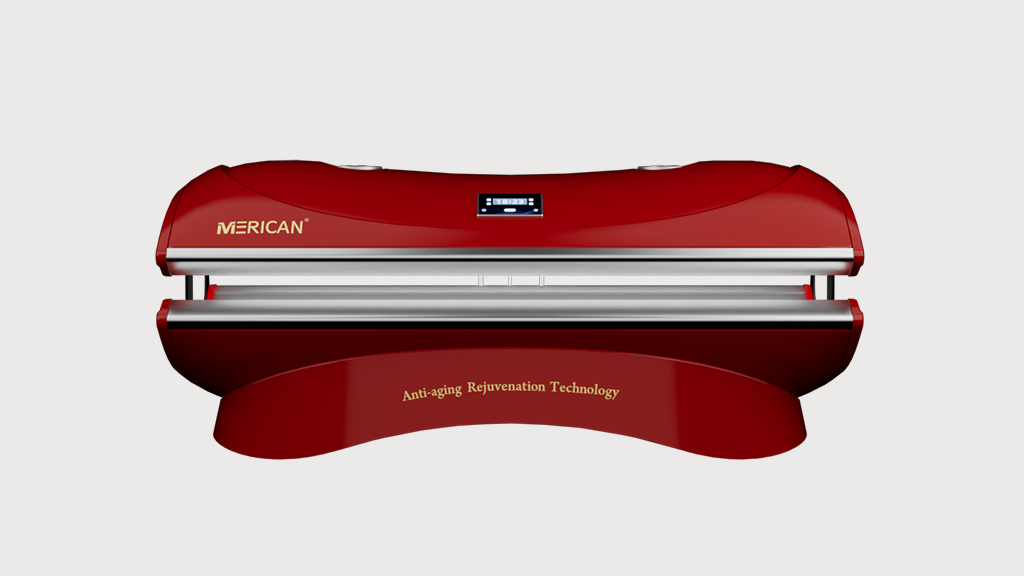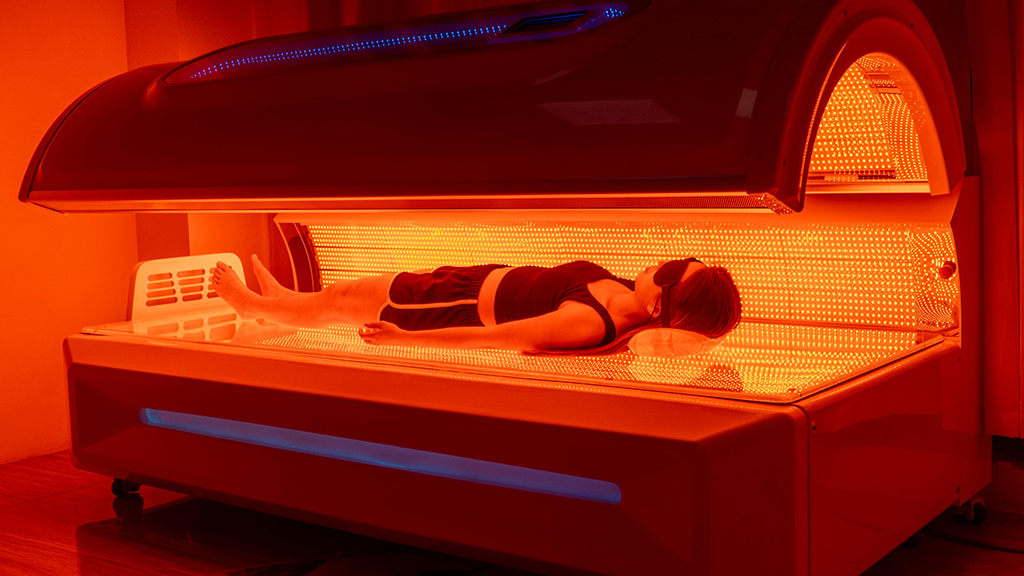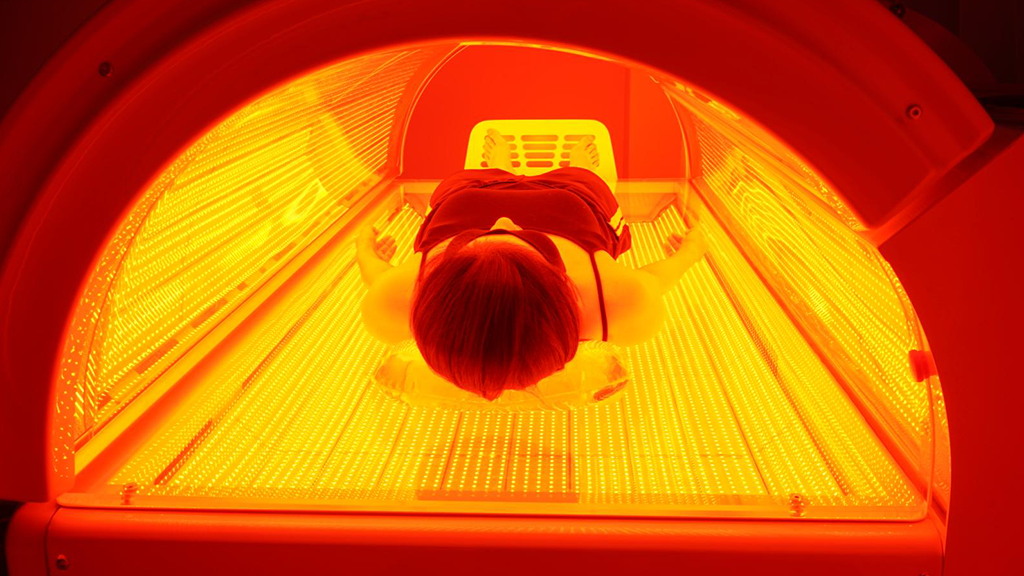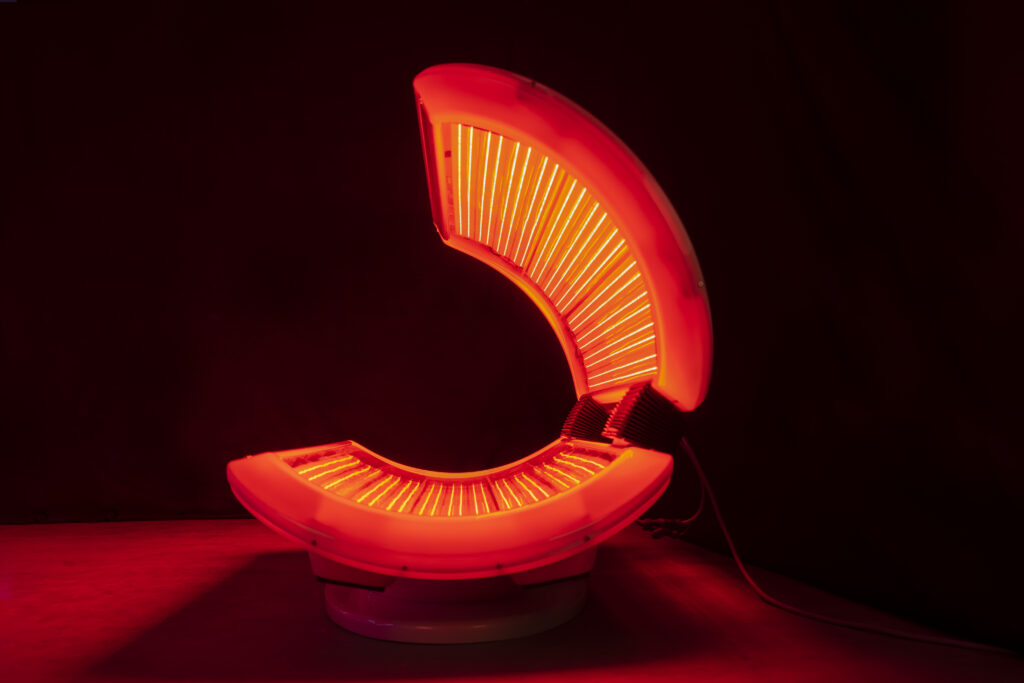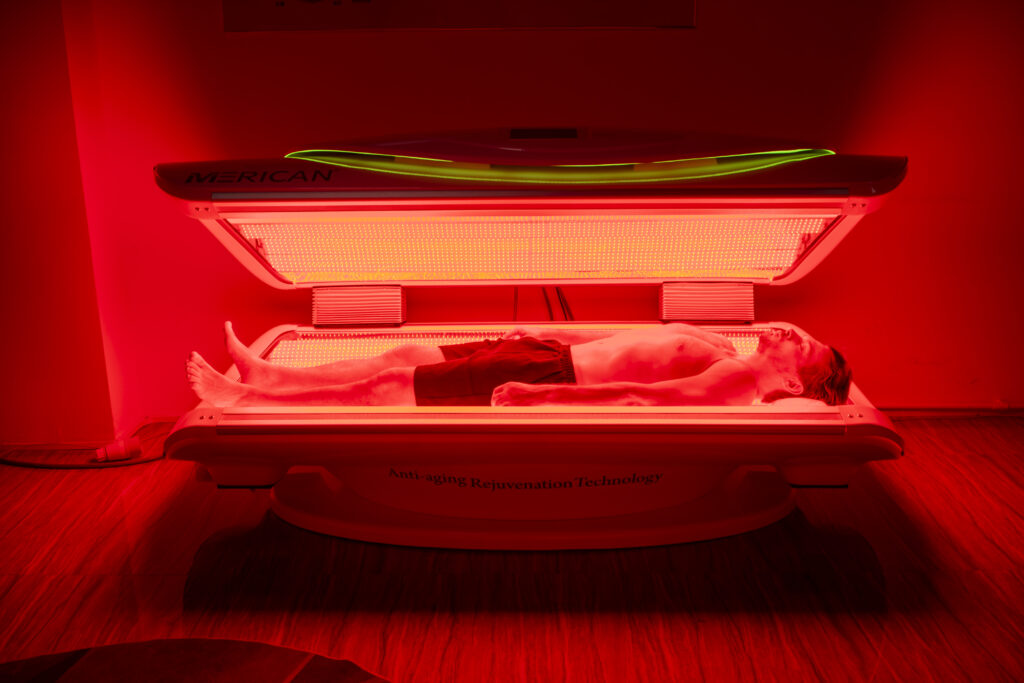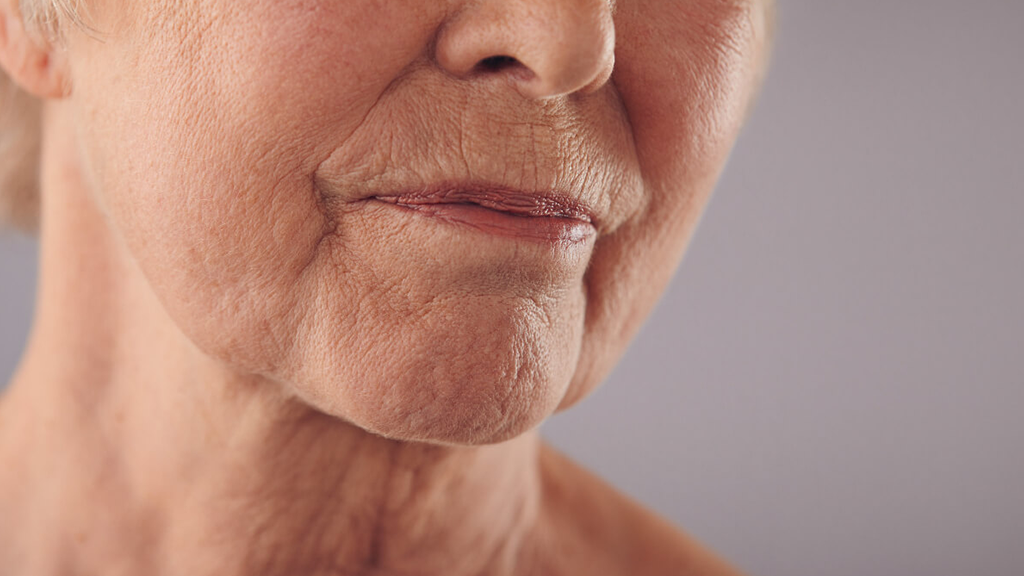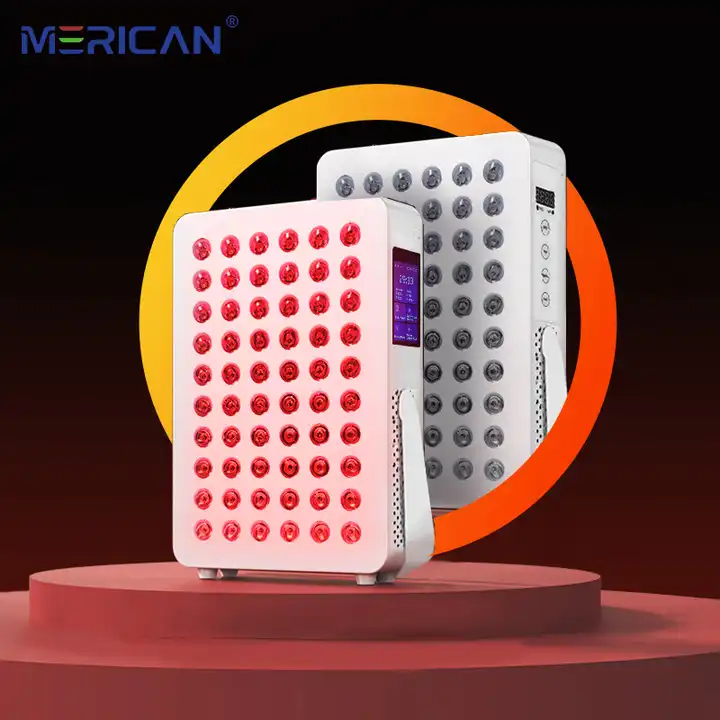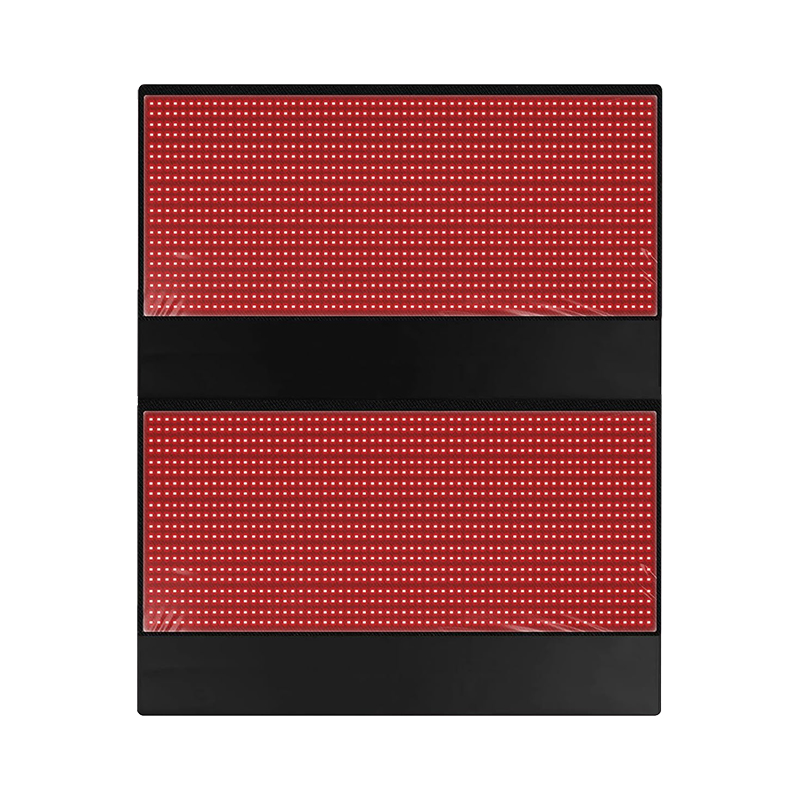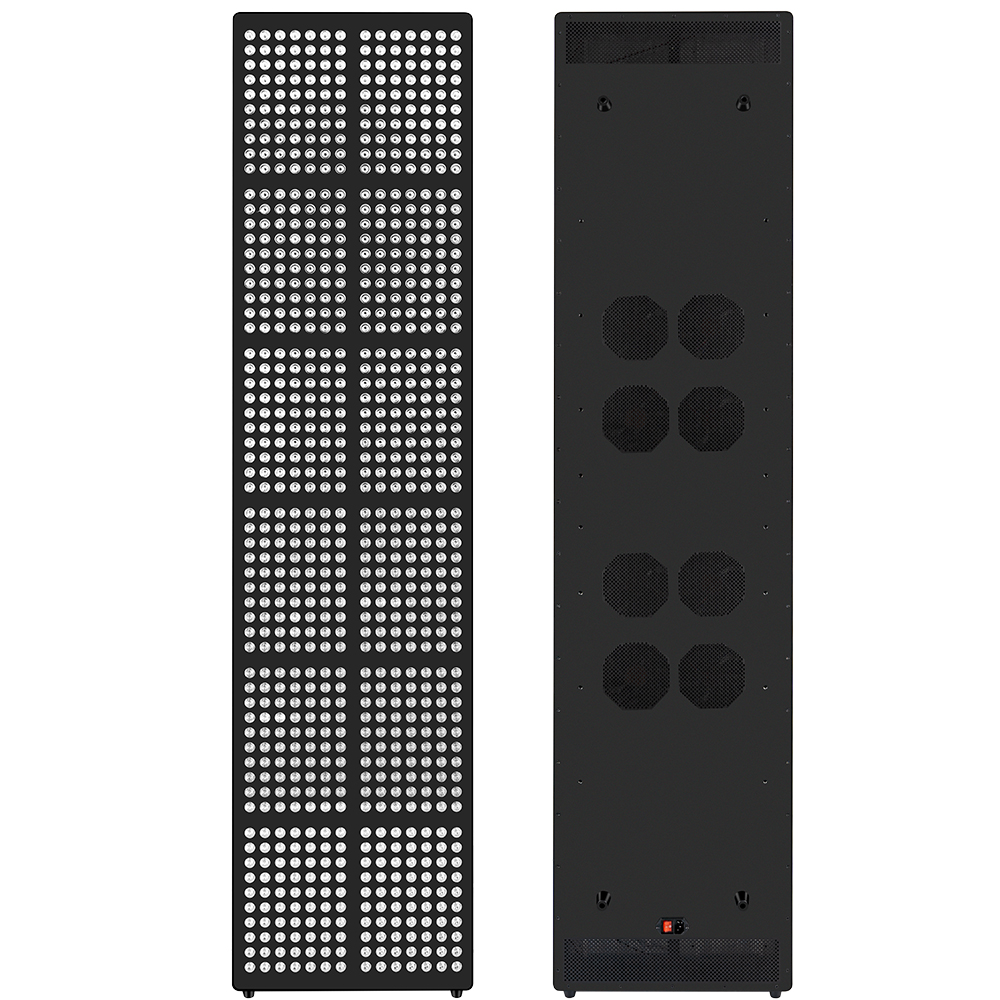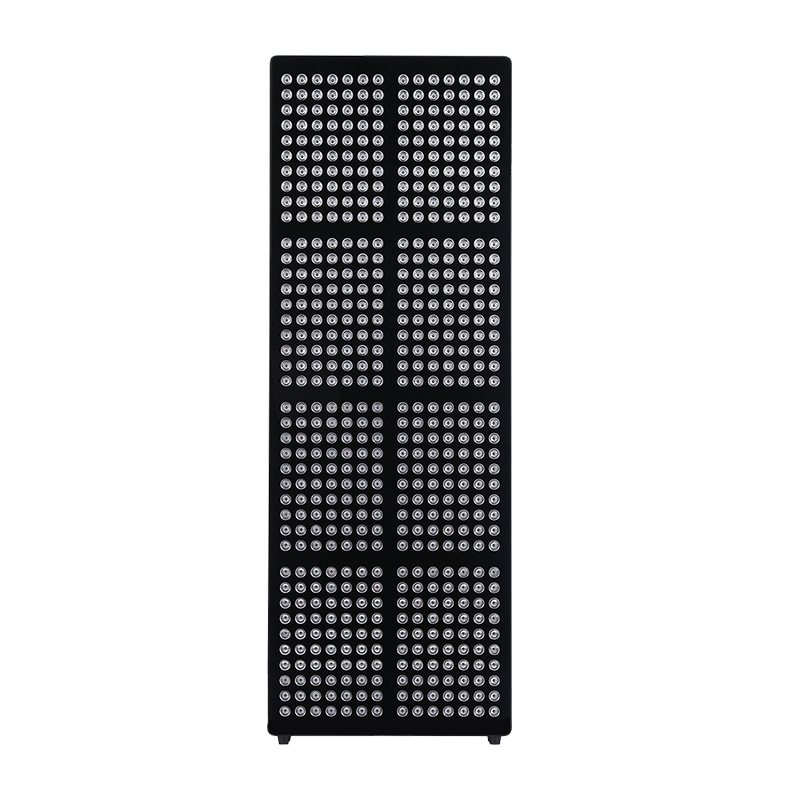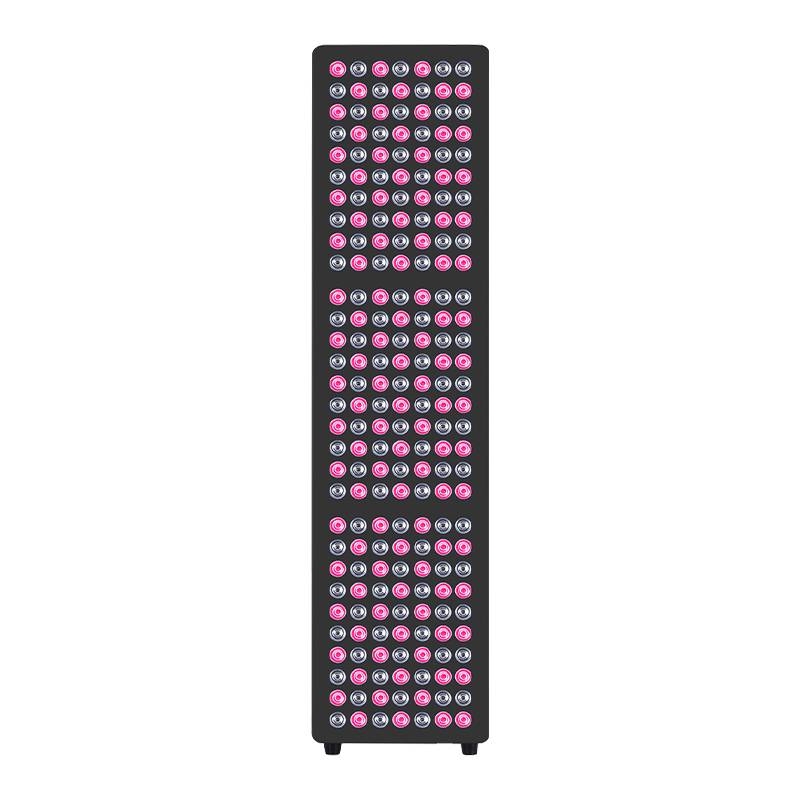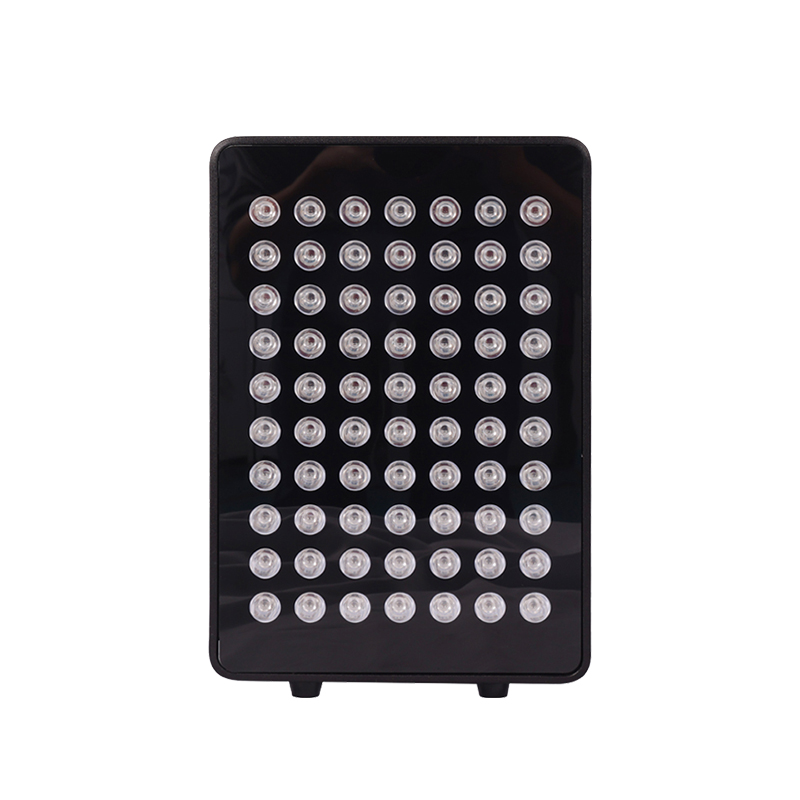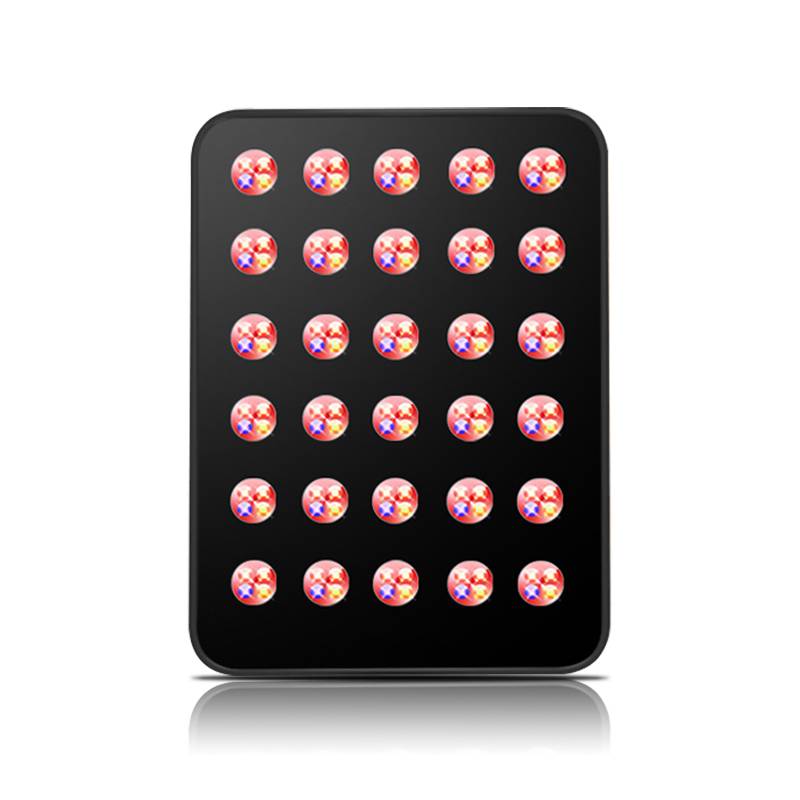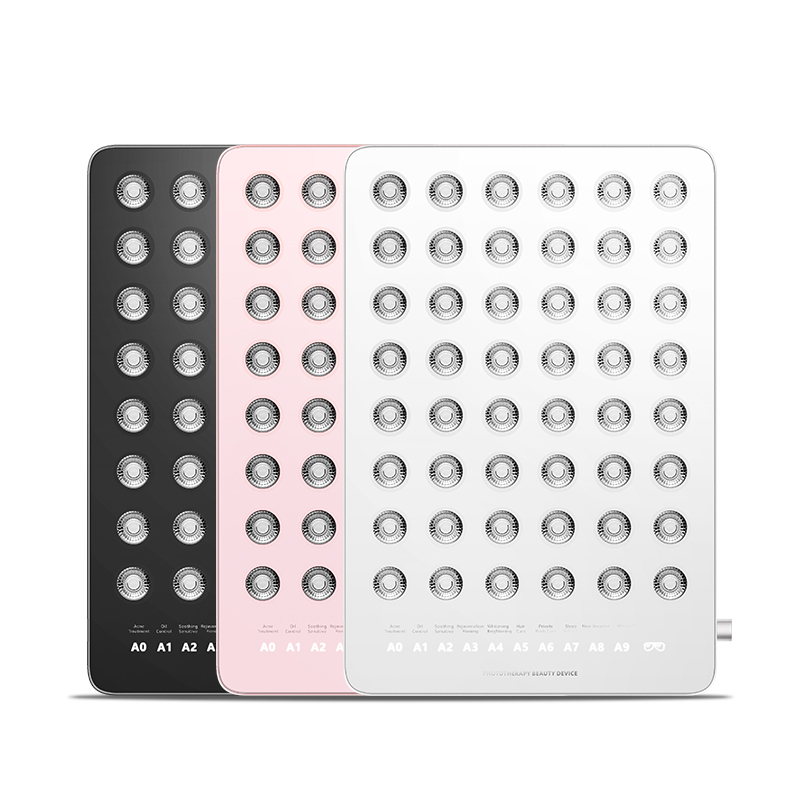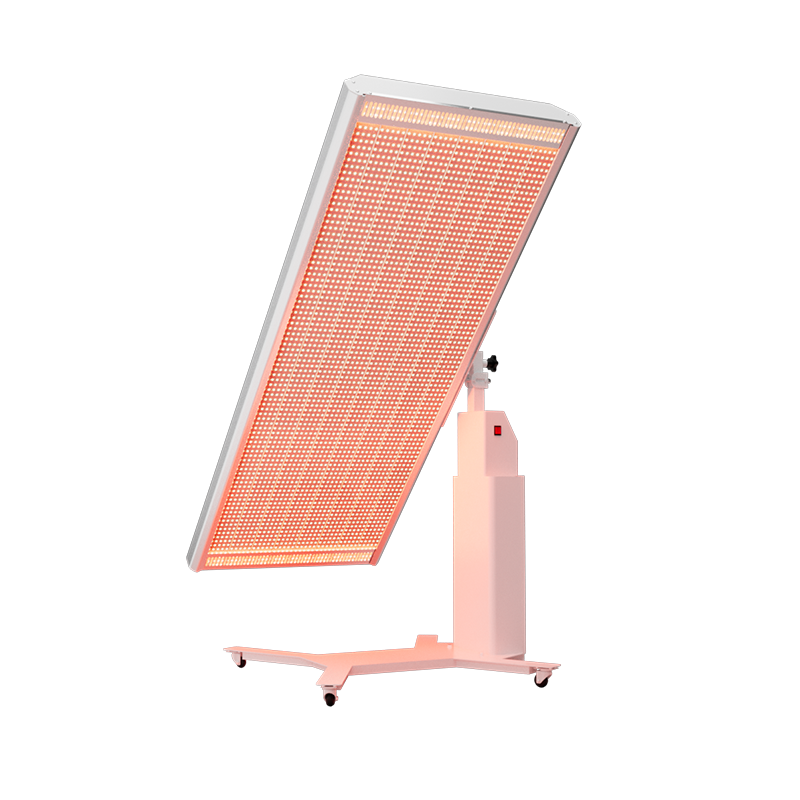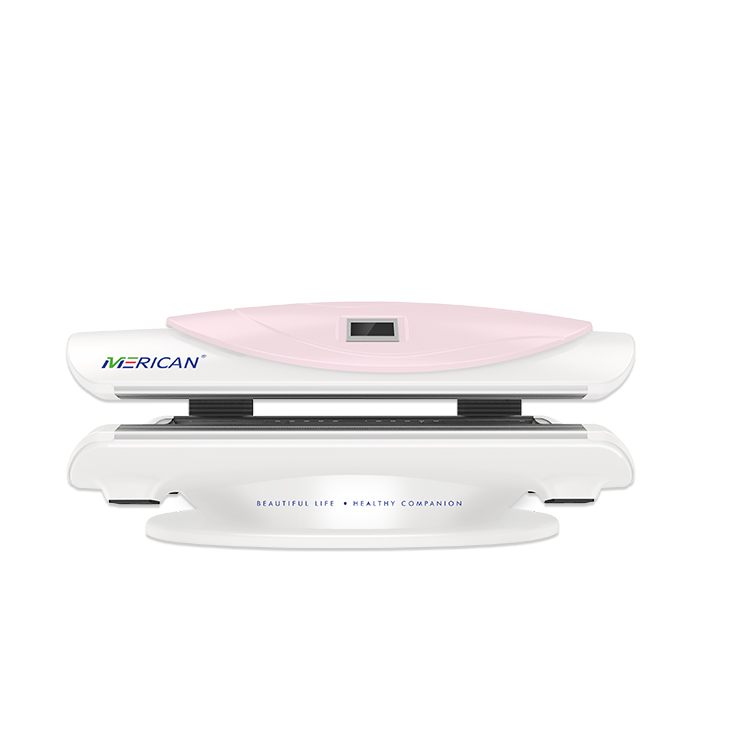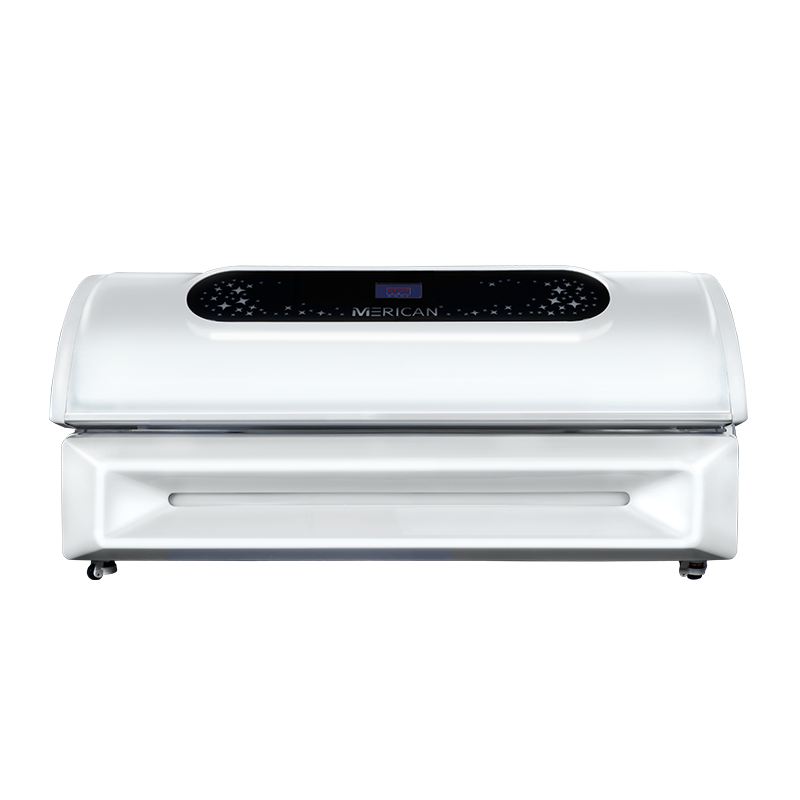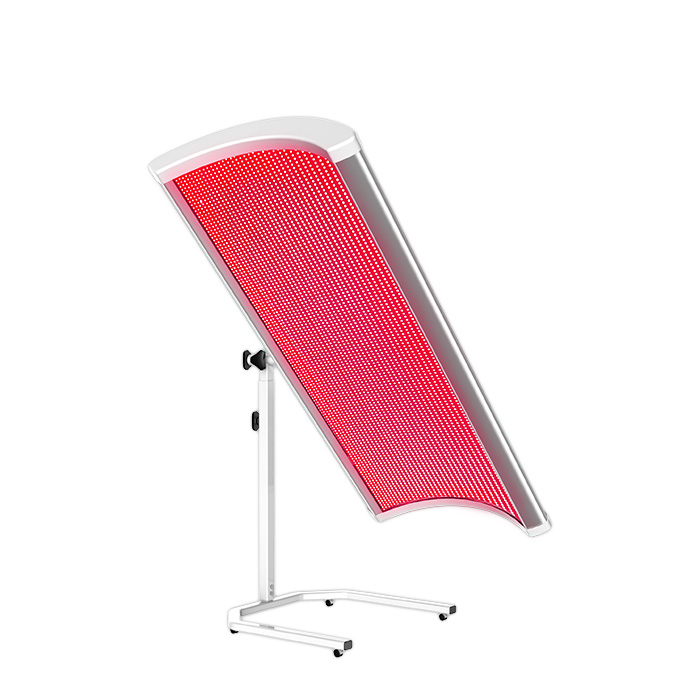Red light therapy (RLT) is widely used for skin rejuvenation, pain relief, and even vision improvement. But one common question remains: Should you keep your eyes open or closed during treatment? The latest research and expert recommendations provide clarity.
1. The Short Answer
✔ Closed eyes are safest for most red light therapy sessions.
✔ Special protective goggles are recommended if eyes are exposed to high-intensity near-infrared (NIR) light.
✔ Eyes-open therapy is only safe under strict conditions (low-intensity, red-only wavelengths).
2. Risks of Exposing Eyes to Red & Near-Infrared Light
A. Potential Benefits (Under Controlled Conditions)
- Low-level red light (630-660nm) may support retinal health in some cases (studies show promise for age-related vision decline).
- Controlled medical devices (like those used in optometry clinics) can deliver safe, targeted eye therapy.
B. Risks of Unprotected Exposure
- Near-infrared (810-850nm) can penetrate deeply, potentially causing thermal damage or lens opacity over time.
- High-intensity red/NIR light may lead to temporary photophobia (light sensitivity) or discomfort.
- Lack of FDA approval for most consumer RLT devices for direct eye treatment.
Never stare directly into high-power LED panels without protection.
3. Updated 2025 Guidelines for Eye Safety
A. When to Keep Eyes CLOSED
✔ Using full-body RLT beds or high-power panels (50+ mW/cm²).
✔ Near-infrared (NIR) wavelengths are present (810-850nm).
✔ No FDA-cleared eye protection is available.
B. When Eyes-Open Therapy May Be Safe
✔ Using low-intensity red light (630-660nm only) under professional supervision.
✔ FDA-cleared devices specifically designed for ocular therapy (e.g., some optometry-grade tools).
✔ Wearing medical-grade protective goggles if NIR is involved.
4. Best Practices for Eye Protection
- Use blackout goggles (preferably FDA-cleared) for high-power RLT.
- Keep eyes closed if unsure about the device’s safety profile.
- Avoid DIY eye treatments—only use ophthalmologist-approved devices for vision therapy.
5. Special Case: Can Red Light Therapy Improve Vision?
- Emerging research suggests low-level red light (670nm) may help with age-related macular degeneration (AMD) and retinal health.
- However, these studies use carefully calibrated medical devices—not standard RLT panels.
- Do NOT self-treat eye conditions without a doctor’s guidance.
Final Verdict (2025 Guidelines)
| Scenario | Recommended Action |
|---|---|
| High-power RLT (with NIR) | Keep eyes closed or wear protective goggles |
| Red light-only (low intensity) | Eyes open may be safe, but consult a professional |
| Ocular therapy devices | Follow doctor’s instructions strictly |
Bottom Line: When in doubt, keep your eyes closed or use protection. Only expose eyes to red light under medical supervision.

